How Bivocom Tech Mitigates Volcanic Secondary Disasters
In 2024, heavy rains in Indonesia triggered a devastating cold lahar, killing 57 people and burying countless homes. This tragedy highlights, as a matter of fact, a harsh reality: that is, cold lahars—hidden, delayed, and sudden secondary volcanic disasters—can threaten volcanic regions for decades post-eruption. Fortunately, IoT technology is transforming disaster response from passive to proactive. Specifically, Bivocom, a leader in industrial IoT solutions, leverages advanced modems, routers, and gateways to build comprehensive cold lahar monitoring and early-warning systems. Here’s how, in essence, we turn technology into a shield against nature’s fury.
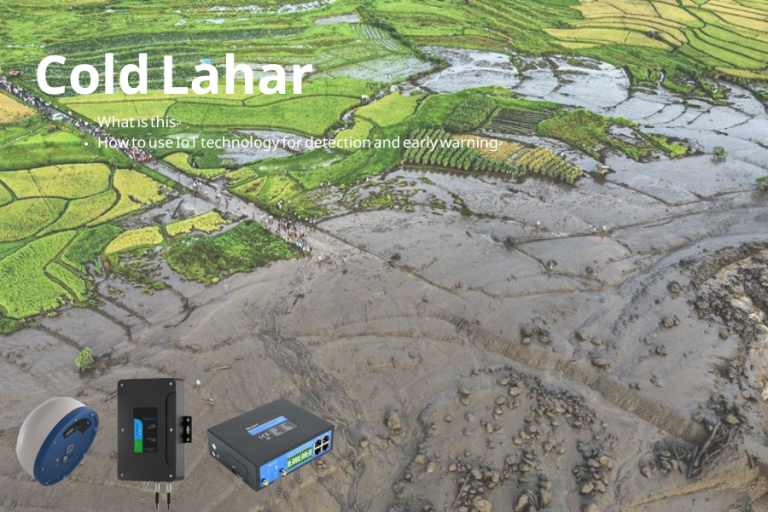
Understanding Cold Lahars
Volcanic activity unleashes both direct disasters (e.g., lava flows) and indirect threats. Specifically, direct eruptions deposit loose volcanic debris—ash, cinders, and lava fragments—on slopes. Subsequently, rain, snowmelt, or lake outbursts saturate this debris, triggering high-density, gravity-driven flows known as cold lahars.
Unlike their fiery counterparts (hot lahars), cold lahars move at 3.6–36 km/h, carrying boulders several meters wide. Consequently, they bury villages, block rivers to form hazardous barrier lakes, and contaminate water, thereby creating cascading crises like famine. Critically, their unpredictability stems from three triggers: loose debris, water sources, and steep terrain (≥5°). Thus, monitoring these elements isn’t just important—it’s lifesaving.
Why IoT Monitoring Matters: Solving Cold Lahar Challenges
Bivocom Tech Ecosystem
Bivocom’s portfolio spans core IoT products: 5G, cellular modems, routers, RTUs, gateways, and GNSS devices. For cold lahar monitoring, we take three key products as examples: the TN531 4G GNSS Receiver, TG501 Outdoor LoRa RTU, and TG452 IoT Edge Gateway. Together, they address monitoring needs comprehensively, spanning sensor data capture to alert dissemination.
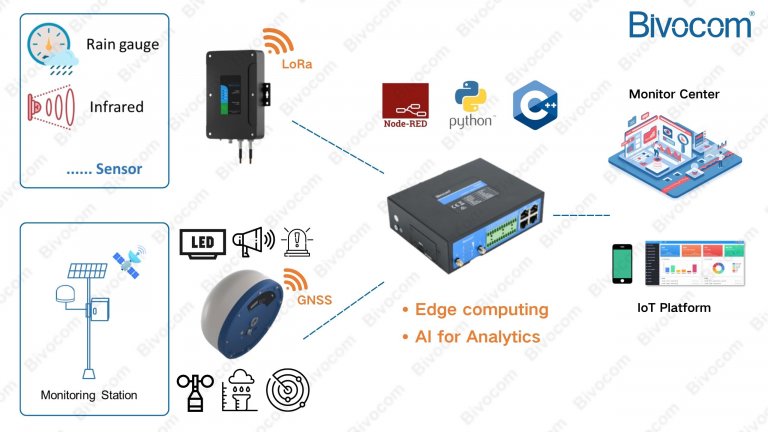
1. Monitoring Loose Debris Stability
Monitoring Debris Stability: TN531 4G GNSS Receiver
Granular Debris Analysis: TG501 Outdoor LoRa RTU
2. Tracking Water Triggers
3. Following Lahar Movement
- Powerful Integration: As a high-performance ARM-based edge gateway, it combines sensor data (e.g., vibration detectors capturing 5–50Hz lahar signals; radar flow meters) via 4 RJ45, 2 RS232, 3 RS485, 2-DI, 2-DO, and 2-ADC ports.
- Robust Connectivity: Supports 4G LTE CAT6/CAT4/3G/2G, LTE-M/NB-IoT, Wi-Fi, and optional GPS—thereby ensuring real-time transmission to clouds/command centers.
- Local Processing: With 256MB DDR3 RAM, 256MB flash (expandable to 1GB), plus microSD storage (≤32GB), it performs edge analytics, thus avoiding cloud latency.
- Secure Transmission: Uses VPN tunnels (IPsec/PPTP/L2TP/GRE/OpenVPN) along with TCP/UDP protocols, which is vital for uninterrupted disaster tracking.
4. Powering Alerts and Responses
- Edge Intelligence: Programmable via C/C++/Python/Node-RED, it runs AI models predicting lahar arrival/impact zones, feeding graded warning systems (blue→red alerts).
- Redundant Operation: Dual-SIM capability maintains connectivity if networks fail, while IP30 protection and DIN-rail/desktop mounting ensure adaptability.
- Secure Data Flow: Supports MQTT/Modbus RTU/TCP/SNMP, thereby standardizing sensor-to-alert data for coordinated responses.
- Alert Continuity: TG501’s low power (5-35VDC) plus 10km LoRa range sustains data flow during disruptions, ensuring timely warnings.
- Multi-Channel Dissemination: Alerts deploy via SMS/speakers/apps based on impact zones. For example, red alerts (flow velocity >5m/s) trigger automatic power cuts while mapping real-time evacuation routes.
Beyond Volcanoes: Universal Applications
Fundamentally, Bivocom’s tech ecosystem anchors to a core philosophy: mastering the “loose solid + fluid + gravity-driven” mechanism through end-to-end monitoring—specifically spanning material stability tracking, fluid trigger detection, motion monitoring, and alert activation. Consequently, this approach extends far beyond cold lahars, seamlessly adapting to all disasters sharing this physical logic. Thereby, it serves as a universal shield against both natural and human-induced debris flows. Critically, the system’s versatility stems from three pillars: precision sensing, secure connectivity, and edge intelligence—thus making it equally effective for disasters such as rainstorm-induced debris flows, earthquake-triggered mudflows, glacial moraine flows, tailings dam failures, and loess mudflows.

Future Monitoring: From Reactive Alerts to Proactive Resilience
Currently, cold lahar IoT monitoring evolves from reactive alerts into predictive, autonomous, and ecosystem-integrated systems. As IoT redefines global resilience, Bivocom will continue to research and learn in the following areas: Our Vision—“A world where every volcano has a ‘digital pulse’—where AI foresees threats, communities co-defend, and ecosystems absorb nature’s fury.”
- AI Precision Forecasting: Rainfall/soil/slope data fuse to predict lahars 72+ hours early, thus enabling proactive evacuations; furthermore, federated learning securely shares insights across agencies, consequently breaking data silos.
- Satellite-IoT Hybrid Coverage: Specifically, low-orbit satellites (e.g., Starlink) eliminate dead zones in remote areas.
- Autonomous & Community Monitoring: Solar/vibration-powered sensors operate more years maintenance-free in extreme environments; simultaneously, smartphone apps allow residents to report soil cracks, thereby augmenting professional systems.
- Digital-Ecological Defense: Through digital twins, lahar paths simulate under varying conditions, thus optimizing defenses; meanwhile, satellite/ground sensors quantify deforestation (>20% loss triggers reforestation), consequently hardening slopes at source.
Join the Global Volcanic Resilience Revolution
Bivocom’s 11+ years of industrial IoT expertise—deployed across 90+ countries—consequently empowers communities to transform volcanic threats into manageable risks. Specifically, whether you’re monitoring debris stability, tracking lahar triggers, or building early-warning networks, we partner with you to engineer resilience. Accordingly, collaborate with us through these approaches:
- Piloting Solutions: Test real-time hazard tracking/alert responsiveness.
- Co-Designing Networks: Build terrain-specific monitoring architectures.
- Cloud Platform Demos: Visualize hazard data through our Device Management Platform.
Ready to Strengthen Volcanic Safety?
Contact [email protected] for a complimentary volcanic monitoring assessment. With Bivocom, you adopt more than technology. You join a commitment—to protect volcanic communities and landscapes for generations. When risks emerge, our systems detect. When communities act, resilience thrives.
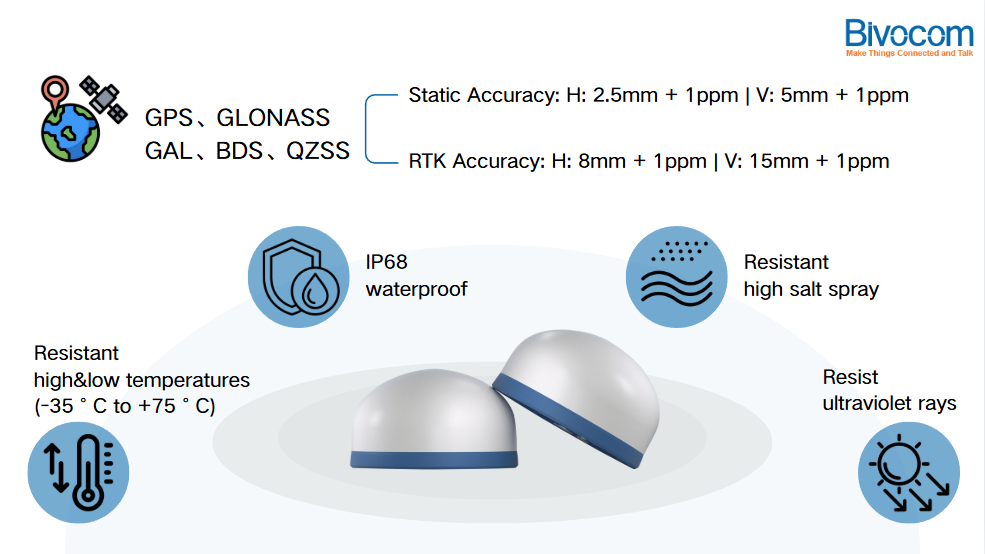
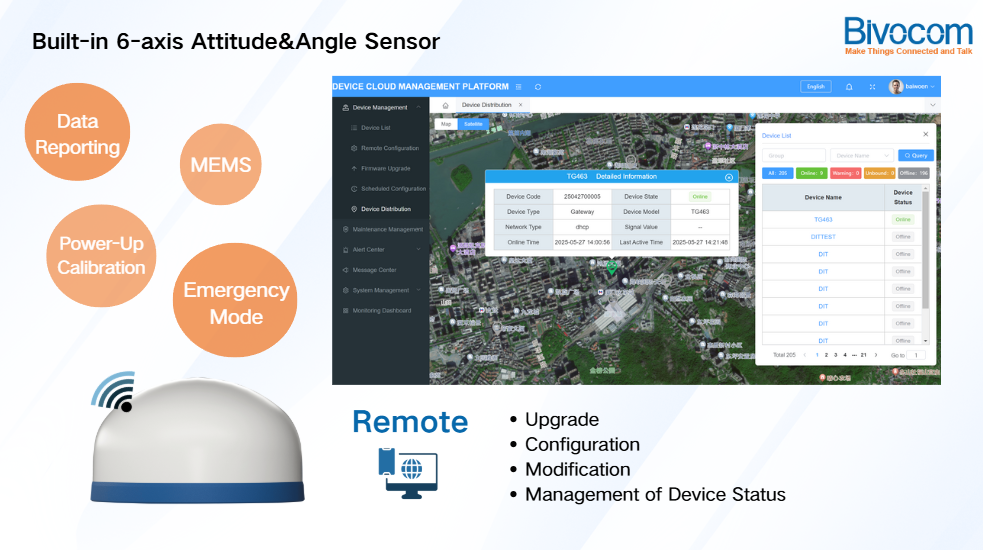
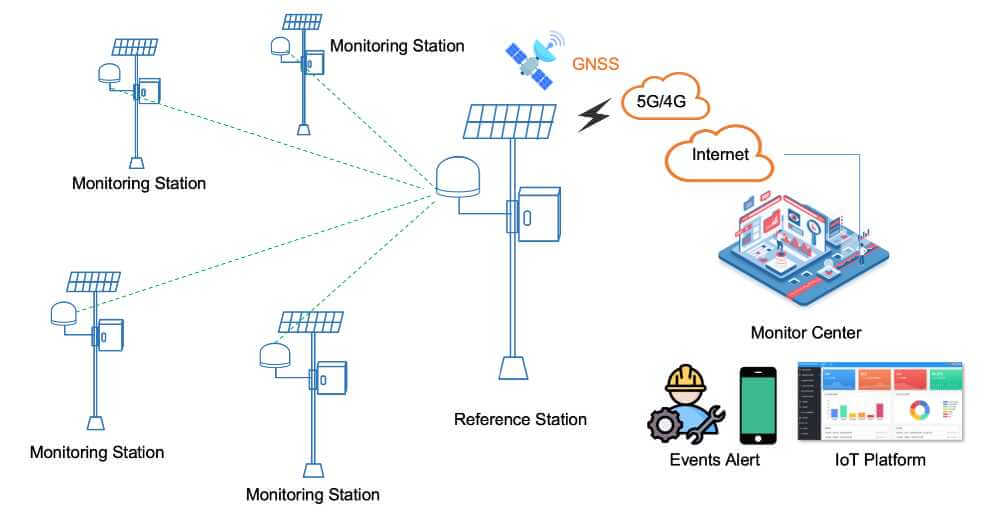

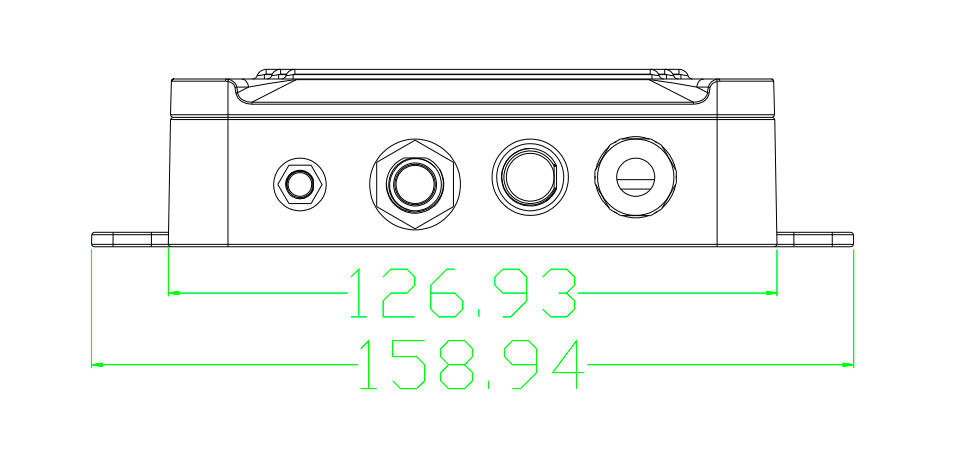
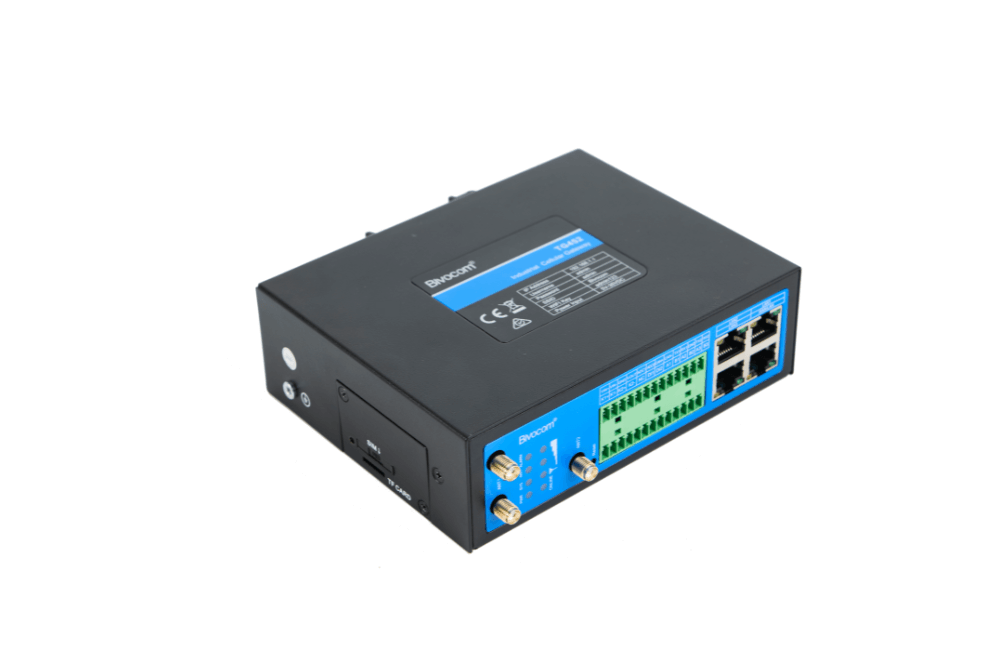

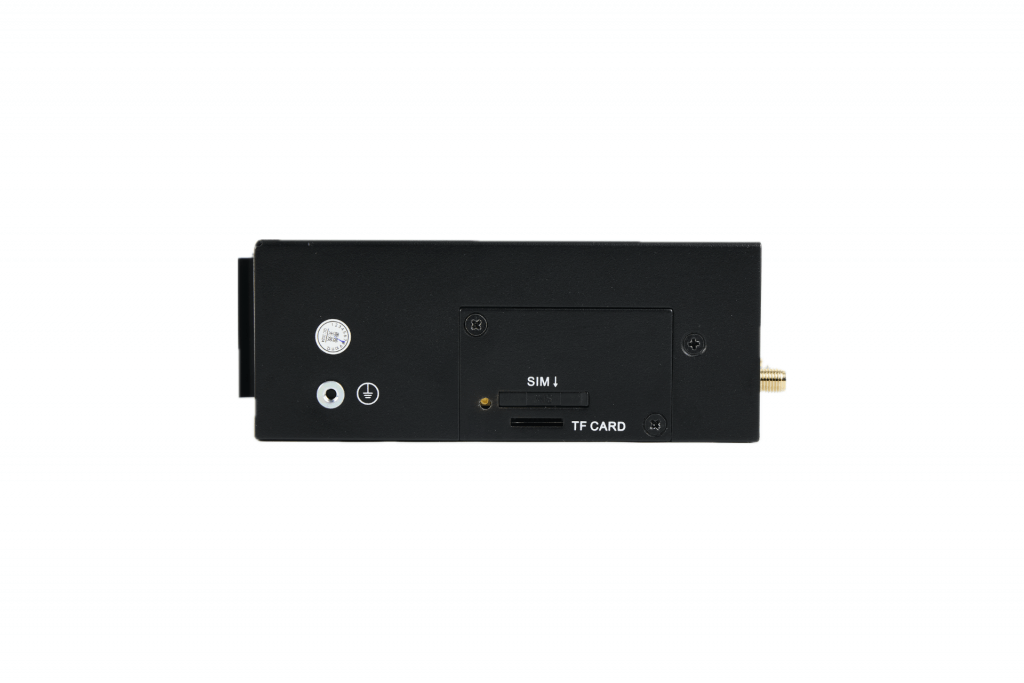
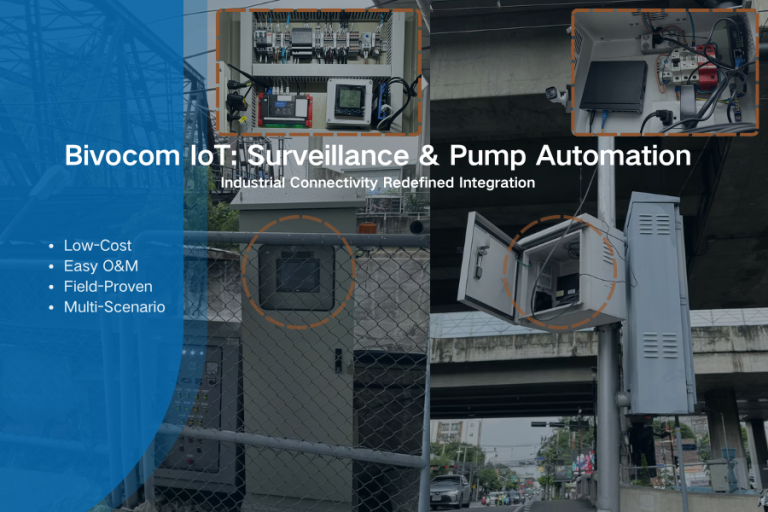
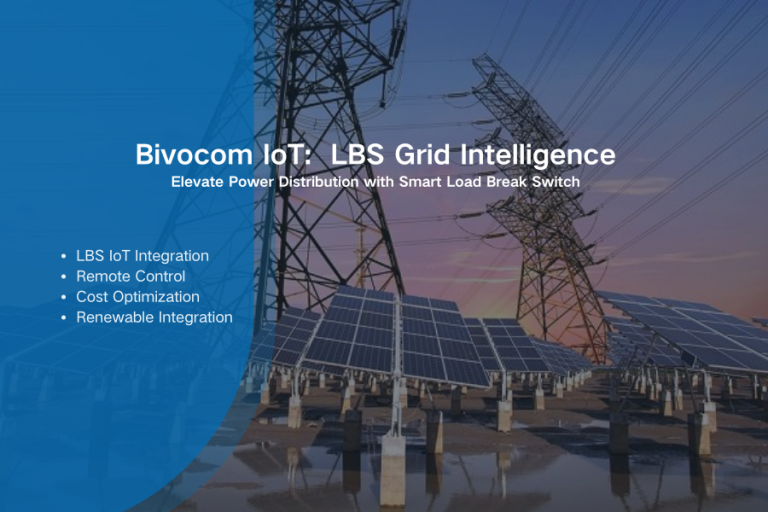
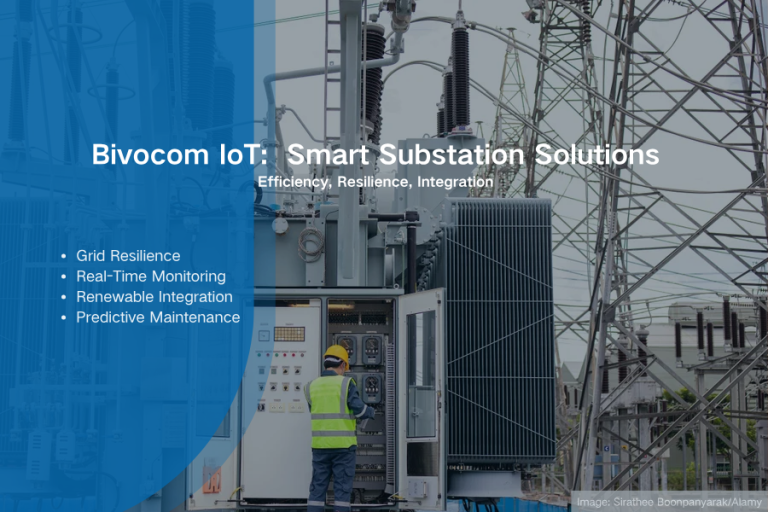
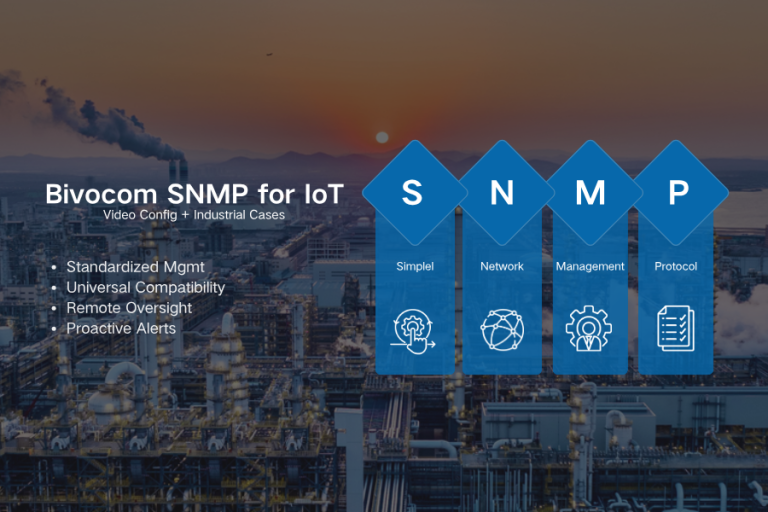
Comment